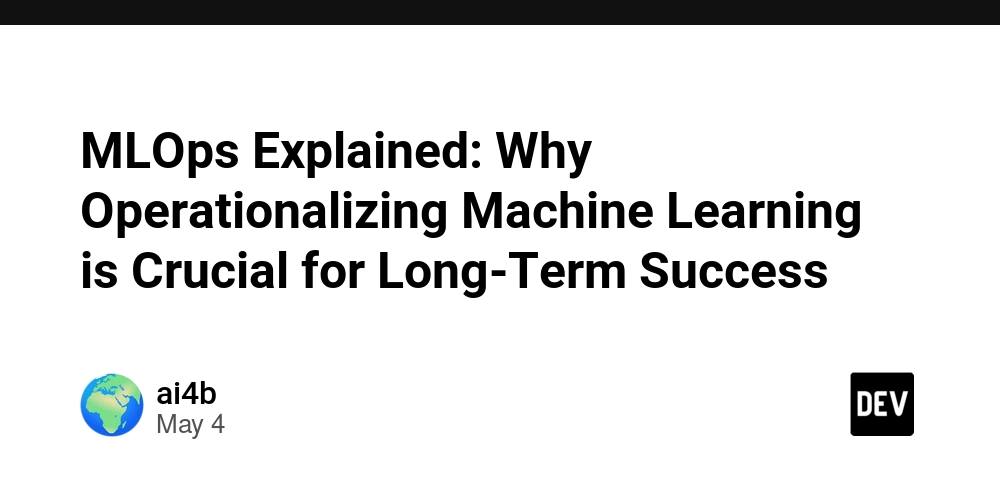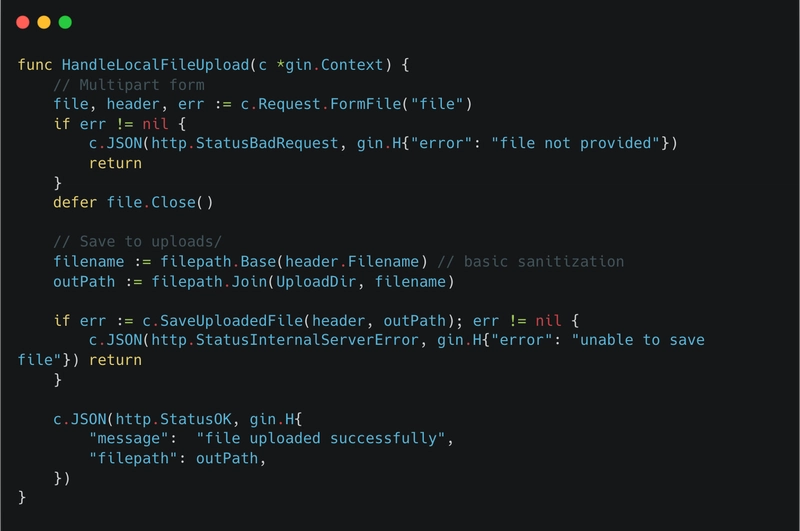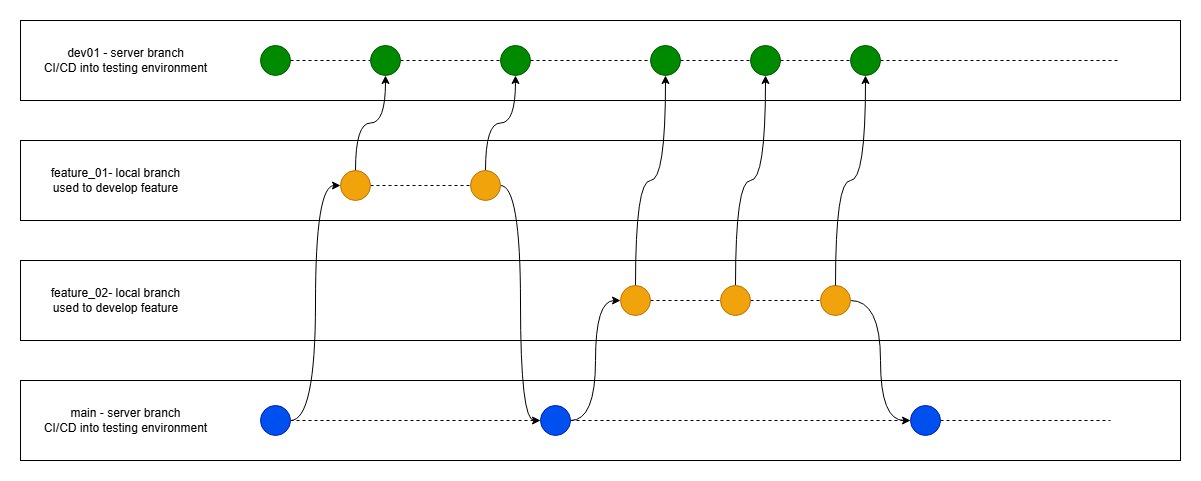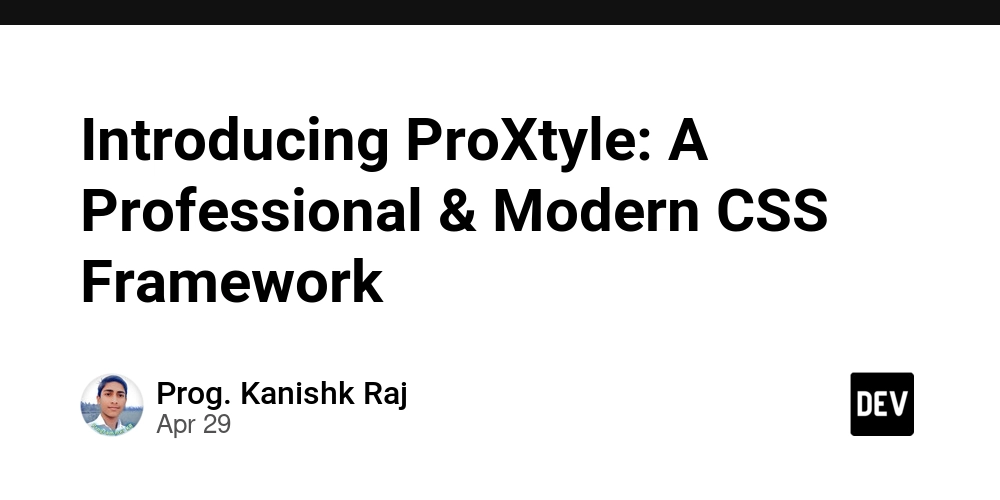A Comprehensive Guide to Object-Oriented Programming (OOP) Concepts Introduction
Object-Oriented Programming, commonly known as OOP, is a programming approach that organizes code around objects rather than actions. This paradigm has become a cornerstone in modern software development because it helps developers manage complexity, reuse code, and create scalable systems. In this article, we’ll explore the fundamental concepts of OOP—classes, objects, inheritance, encapsulation, abstraction, and polymorphism. By the end, you’ll have a clear understanding of these key principles and how they work together to create robust software. Classes and Objects Let’s start with the basics: classes and objects. What Are Classes? Think of a class as a blueprint for creating objects. It defines what an object will look like and how it will behave. A class is like a recipe—it tells you what ingredients (attributes) you need and what steps (methods) to follow to create something. For example, imagine a Car class: class Car: def __init__(self, make, model): self.make = make self.model = model def start_engine(self): print(f"{self.make} {self.model}'s engine started.") This class defines a Car with attributes make and model, and it includes a method to start the engine. What Are Objects? An object is an instance of a class. If the class is a blueprint, then an object is the final product created from that blueprint. When you create an object from a class, you bring the blueprint to life. For instance: my_car = Car("Toyota", "Corolla") my_car.start_engine() # Output: Toyota Corolla's engine started. Here, my_car is an object created from the Car class, with specific values for make and model. Inheritance Now, let’s talk about inheritance, a powerful feature that allows classes to share functionality. What Is Inheritance? Inheritance lets a class (the child class) inherit attributes and methods from another class (the parent class). This is incredibly useful for reducing code duplication. Instead of writing the same code in multiple places, you can write it once in a parent class and reuse it in the child classes. Here’s an example: class Animal: def __init__(self, species): self.species = species def make_sound(self): print("Some generic animal sound") class Dog(Animal): def make_sound(self): print("Bark") dog = Dog("Canine") dog.make_sound() # Output: Bark In this example, the Dog class inherits from the Animal class but overrides the make_sound method to provide a specific behavior. Inheritance is a great way to create a hierarchy of classes that share common functionality. Encapsulation Encapsulation is another core concept in OOP that focuses on protecting the internal state of an object. What Is Encapsulation? Encapsulation means hiding the internal details of an object and only exposing what’s necessary. This is done to protect the object’s data and ensure that it can only be modified in controlled ways. In Python, this is often achieved by making attributes private (using a double underscore) and providing public methods to access or modify those attributes. For example: class Account: def __init__(self, owner, balance): self.owner = owner self.__balance = balance # Private attribute def deposit(self, amount): self.__balance += amount return self.__balance def get_balance(self): return self.__balance account = Account("Alice", 1000) account.deposit(500) print(account.get_balance()) # Output: 1500 In this example, the balance is a private attribute that can only be accessed or modified through the methods deposit and get_balance. This keeps the data safe from unintended changes. Abstraction Abstraction is all about simplifying complex systems by hiding unnecessary details. What Is Abstraction? Abstraction allows you to focus on the essential features of an object or system without getting bogged down by its complexity. It’s like using a car without needing to know how the engine works. In programming, abstraction is often implemented through abstract classes and interfaces. Here’s an example using an abstract class: from abc import ABC, abstractmethod class Shape(ABC): @abstractmethod def draw(self): pass class Circle(Shape): def draw(self): print("Drawing a circle") class Square(Shape): def draw(self): print("Drawing a square") shapes = [Circle(), Square()] for shape in shapes: shape.draw() In this example, Shape is an abstract class that defines a common interface for all shapes. The Circle and Square classes provide specific implementations of the draw method. Abstraction allows us to work with shapes without worrying about how each one is drawn. Polymorphism Polymorphism is what makes OOP truly flexible and powerful. What Is Polymorphism? Poly

Object-Oriented Programming, commonly known as OOP, is a programming approach that organizes code around objects rather than actions. This paradigm has become a cornerstone in modern software development because it helps developers manage complexity, reuse code, and create scalable systems. In this article, we’ll explore the fundamental concepts of OOP—classes, objects, inheritance, encapsulation, abstraction, and polymorphism. By the end, you’ll have a clear understanding of these key principles and how they work together to create robust software.
Classes and Objects
Let’s start with the basics: classes and objects.
What Are Classes?
Think of a class as a blueprint for creating objects. It defines what an object will look like and how it will behave. A class is like a recipe—it tells you what ingredients (attributes) you need and what steps (methods) to follow to create something.
For example, imagine a Car class:
class Car:
def __init__(self, make, model):
self.make = make
self.model = model
def start_engine(self):
print(f"{self.make} {self.model}'s engine started.")
This class defines a Car with attributes make and model, and it includes a method to start the engine.
What Are Objects?
An object is an instance of a class. If the class is a blueprint, then an object is the final product created from that blueprint. When you create an object from a class, you bring the blueprint to life.
For instance:
my_car = Car("Toyota", "Corolla")
my_car.start_engine() # Output: Toyota Corolla's engine started.
Here, my_car is an object created from the Car class, with specific values for make and model.
Inheritance
Now, let’s talk about inheritance, a powerful feature that allows classes to share functionality.
What Is Inheritance?
Inheritance lets a class (the child class) inherit attributes and methods from another class (the parent class). This is incredibly useful for reducing code duplication. Instead of writing the same code in multiple places, you can write it once in a parent class and reuse it in the child classes.
Here’s an example:
class Animal:
def __init__(self, species):
self.species = species
def make_sound(self):
print("Some generic animal sound")
class Dog(Animal):
def make_sound(self):
print("Bark")
dog = Dog("Canine")
dog.make_sound() # Output: Bark
In this example, the Dog class inherits from the Animal class but overrides the make_sound method to provide a specific behavior. Inheritance is a great way to create a hierarchy of classes that share common functionality.
Encapsulation
Encapsulation is another core concept in OOP that focuses on protecting the internal state of an object.
What Is Encapsulation?
Encapsulation means hiding the internal details of an object and only exposing what’s necessary. This is done to protect the object’s data and ensure that it can only be modified in controlled ways. In Python, this is often achieved by making attributes private (using a double underscore) and providing public methods to access or modify those attributes.
For example:
class Account:
def __init__(self, owner, balance):
self.owner = owner
self.__balance = balance # Private attribute
def deposit(self, amount):
self.__balance += amount
return self.__balance
def get_balance(self):
return self.__balance
account = Account("Alice", 1000)
account.deposit(500)
print(account.get_balance()) # Output: 1500
In this example, the balance is a private attribute that can only be accessed or modified through the methods deposit and get_balance. This keeps the data safe from unintended changes.
Abstraction
Abstraction is all about simplifying complex systems by hiding unnecessary details.
What Is Abstraction?
Abstraction allows you to focus on the essential features of an object or system without getting bogged down by its complexity. It’s like using a car without needing to know how the engine works. In programming, abstraction is often implemented through abstract classes and interfaces.
Here’s an example using an abstract class:
from abc import ABC, abstractmethod
class Shape(ABC):
@abstractmethod
def draw(self):
pass
class Circle(Shape):
def draw(self):
print("Drawing a circle")
class Square(Shape):
def draw(self):
print("Drawing a square")
shapes = [Circle(), Square()]
for shape in shapes:
shape.draw()
In this example, Shape is an abstract class that defines a common interface for all shapes. The Circle and Square classes provide specific implementations of the draw method. Abstraction allows us to work with shapes without worrying about how each one is drawn.
Polymorphism
Polymorphism is what makes OOP truly flexible and powerful.
What Is Polymorphism?
Polymorphism allows objects of different classes to be treated as objects of a common superclass. This means that a single function or method can work with objects of different types, as long as they share the same interface.
For example:
class Creature:
def move(self):
print("The creature moves.")
class Dragon(Creature):
def move(self):
print("The dragon flies.")
class Kraken(Creature):
def move(self):
print("The kraken swims.")
for creature in [Creature(), Dragon(), Kraken()]:
creature.move()
# Output:
# The creature moves.
# The dragon flies.
# The kraken swims.
In this example, the move method is polymorphic—it works with different types of creatures, each with its own implementation of move. Polymorphism is essential for writing flexible and reusable code.
Operator Overloading
Polymorphism isn’t limited to methods; it also extends to operators. In Python, you can define how operators like + or * behave with your custom classes, a feature known as operator overloading.
For example:
class Point:
def __init__(self, x, y):
self.x = x
self.y = y
def __add__(self, other):
return Point(self.x + other.x, self.y + other.y)
def __str__(self):
return f"({self.x}, {self.y})"
p1 = Point(4, 5)
p2 = Point(2, 3)
p3 = p1 + p2
print(p3) # Output: (6, 8)
Here, the + operator is overloaded to add two Point objects. This makes your custom classes as flexible as Python’s built-in types.
Conclusion
Object-Oriented Programming is a powerful paradigm that organizes code in a way that makes it more manageable, reusable, and scalable. The core concepts—classes, objects, inheritance, encapsulation, abstraction, and polymorphism—work together to create a robust framework for building complex systems. By mastering these concepts, you’ll be well-equipped to tackle a wide range of programming challenges with confidence. Whether you’re building a small script or a large application, understanding OOP will make you a more effective and efficient developer.





































































































































































![[The AI Show Episode 145]: OpenAI Releases o3 and o4-mini, AI Is Causing “Quiet Layoffs,” Executive Order on Youth AI Education & GPT-4o’s Controversial Update](https://www.marketingaiinstitute.com/hubfs/ep%20145%20cover.png)




























































































































![[DEALS] Microsoft 365: 1-Year Subscription (Family/Up to 6 Users) (23% off) & Other Deals Up To 98% Off – Offers End Soon!](https://www.javacodegeeks.com/wp-content/uploads/2012/12/jcg-logo.jpg)




![From Art School Drop-out to Microsoft Engineer with Shashi Lo [Podcast #170]](https://cdn.hashnode.com/res/hashnode/image/upload/v1746203291209/439bf16b-c820-4fe8-b69e-94d80533b2df.png?#)









































































































(1).jpg?#)































_Inge_Johnsson-Alamy.jpg?width=1280&auto=webp&quality=80&disable=upscale#)



















































































































![New Apple iPad mini 7 On Sale for $399! [Lowest Price Ever]](https://www.iclarified.com/images/news/96096/96096/96096-640.jpg)
![Apple to Split iPhone Launches Across Fall and Spring in Major Shakeup [Report]](https://www.iclarified.com/images/news/97211/97211/97211-640.jpg)
![Apple to Move Camera to Top Left, Hide Face ID Under Display in iPhone 18 Pro Redesign [Report]](https://www.iclarified.com/images/news/97212/97212/97212-640.jpg)
![Apple Developing Battery Case for iPhone 17 Air Amid Battery Life Concerns [Report]](https://www.iclarified.com/images/news/97208/97208/97208-640.jpg)
































































































